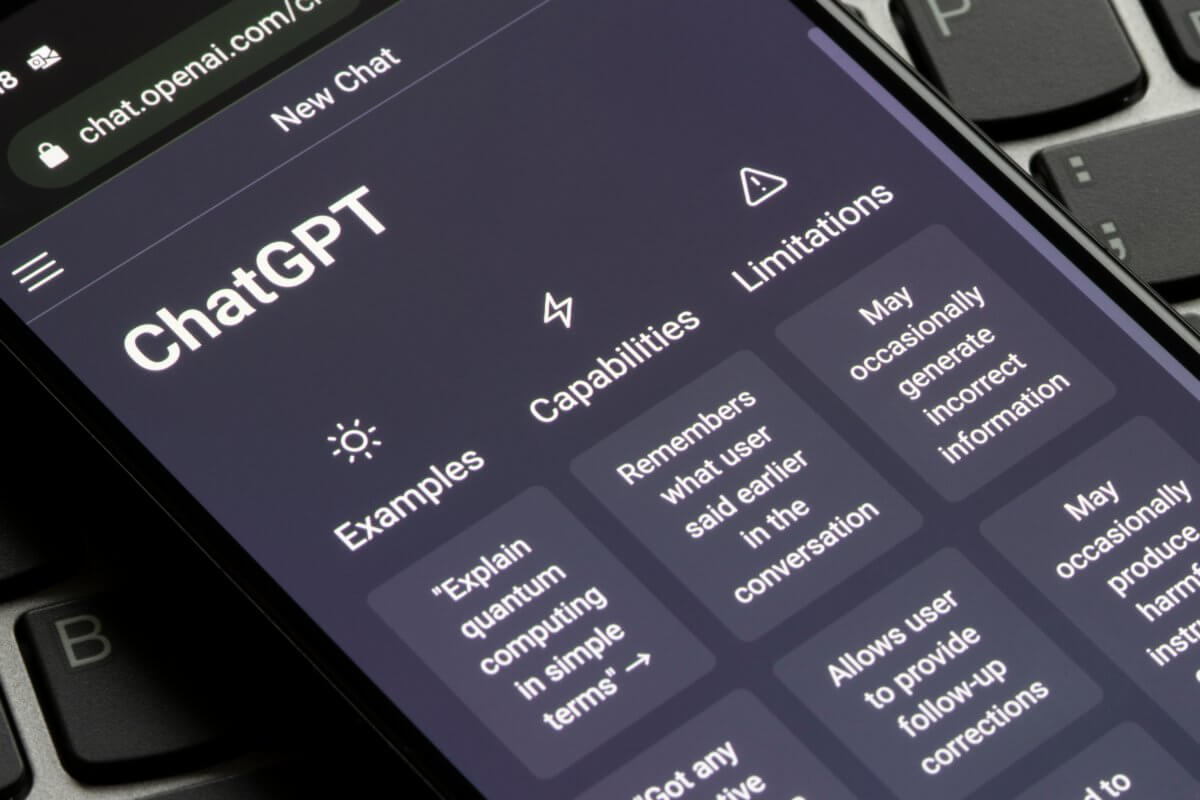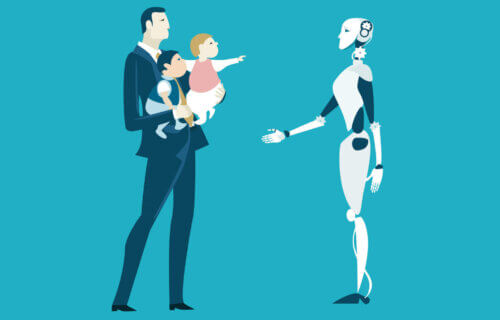ATLANTA — A marketing expert reveals how parents can use artificial intelligence (AI) to make their lives “easier” — by getting their children to bed on time, planning birthday parties, and even helping with their homework. Her parenting secret? ChatGPT. Celia Quillain says she helps parents use the AI chatbot to make “parenting easier.”
The 31-year-old teaches moms and dads to use ChatGPT to write a bedtime story to ease the nighttime routine, to complete school assignments, and help with plans such as play dates and big family gatherings.
“One of ChatGPT’s greatest abilities is its ability to ideate and just be creative. The idea to create a bedtime story just came from the pain of getting children to bed, and also knowing GPT’s useful capabilities,” says Celia, a technology product marketer from Atlanta, in an online video post.
“You can include your child’s name to the story and use the AI to create a life lesson that they need to learn about sharing for instance, but it makes it engaging and fun because your kid can contribute to story time as well. You aren’t the sole contributor to the story. You can ask the child – who do you want to be in this story and who are the characters?”

ChatGPT will then create a story from the prompts and have it ready for parents to read at bedtime. Celia is not a mother herself but believes story time can “mean so much more” when both a parent and child create the story together. She says her friends and neighbors with children have tried the idea first-hand and say it “works great.”
Celia adds that moms and dads can use ChatGPT in other ways to aid in parenting.
“There are a variety of things that if you look through a parenting lens you can do with AI which are incredibly helpful. It can be helpful when planning a birthday party. It can help with travel planning,” the product marketer explains.

Just by providing the chatbot simple information about the age, theme, guests, and even dietary requirements, it offers a range of ideas for how to design the perfect birthday party. The AI chatbot will return suggestions for themed invitations, decorations, colors, activities, party favors, and even snacks relating to the theme and necessary dietary requirements of the guests.
“Even with homework if you just think it has been so long and you don’t remember how to help, ChatGPT can also be an assistant in that regard as well,” Celia says.
Useful prompts for homework include “explain simply” or “explain to a 10-year-old” alongside including the content your child needs help understanding. However, Celia does warn that there are issues with AI answers and suggests parents always “fact check” searches to be safe. Despite the potential problems, Celia believes parents should definitely give AI a chance.
“I would absolutely recommend that parents get involved with AI. Give it a try. Experiment with it and learn how it can help you and them.”
How does ChatGPT work?
According to ChatGPT itself, the program is a language model based on the GPT-4 architecture developed by OpenAI. It is designed to understand and generate human-like responses in a conversational context. The underlying technology, GPT-4, is an advanced iteration of the GPT series and improves upon its predecessors in terms of scale and performance. Here’s an overview of how ChatGPT works:
- Pre-training: ChatGPT is pre-trained on a large body of text data from diverse sources like books, articles, and websites. During this phase, the model learns the structure and patterns in human language, such as grammar, syntax, semantics, and even some factual information. However, it is essential to note that the knowledge acquired during pre-training is limited to the information available in the training data, which has a cutoff date.
- Fine-tuning: After the pre-training phase, ChatGPT is fine-tuned using a narrower dataset, typically containing conversations or dialogue samples. This dataset may be generated with the help of human reviewers following specific guidelines. The fine-tuning process helps the model learn to generate more contextually relevant and coherent responses in a conversational setting.
- Transformer architecture: ChatGPT is based on the transformer architecture, which allows it to efficiently process and generate text. It uses self-attention mechanisms to weigh the importance of words in a given context and to capture long-range dependencies in language. This architecture enables the model to understand and generate complex and contextually appropriate responses.
- Tokenization: When a user inputs text, ChatGPT first tokenizes the text into smaller units called tokens. These tokens can represent characters, words, or subwords, depending on the language and tokenization strategy used. The model processes these tokens in parallel, allowing it to generate context-aware responses quickly.
- Decoding: After processing the input tokens and generating a context vector, ChatGPT decodes the output by generating a sequence of tokens that form the response. This is typically done using a greedy search, beam search, or other decoding strategies to select the most likely next token based on the model’s predictions.
- Interactive conversation: ChatGPT maintains a conversation history to keep track of the context during a dialogue. This history is fed back into the model during each interaction, enabling it to generate contextually coherent responses.
It’s important to note that the AI program actually admits that it has limitations, such as generating incorrect or nonsensical answers, being sensitive to input phrasing, being excessively verbose, or not asking clarifying questions for ambiguous queries. OpenAI adds that it continually works on improving these aspects and refining the model to make it more effective and safer for the public to use.
South West News Service writer Charlie Fenton contributed to this report.

